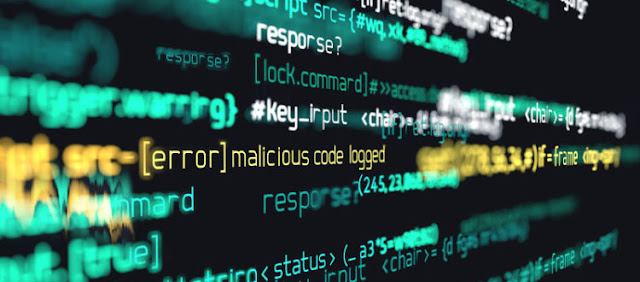There are an increasing number of cyber threats impacting various industries around the world. Significant sectors, including retail, government, healthcare, automobile, real estate, etc., have experienced some kind of breach due to a pre-existing flaw in their IT infrastructure. More organizations are motivated to re-examine their security measures and hire security professionals to protect their sensitive information, which is where network penetration testing steps in.
Network penetration testing is a simulated cyberattack performed to assess exploitable vulnerabilities in your computer network and applications. It is widely accepted as a significant branch of cybersecurity. Cybersecurity experts expect that it will become a USD 4.5 billion industry by 2025.
Network penetration testing is a popular exercise, but there are some disadvantages in the process that may result in significant issues. This blog will shine a light on some of the major positive and negative aspects of a pen test that you should keep in mind before you conduct your next one.
Pros of Penetration Testing
Identify All Types of Vulnerabilities
One of the major benefits of conducting a penetration test is identifying the different range of vulnerabilities. Organizations are susceptible to several potential threats, which might be capable of leveraging hordes of vulnerabilities.
Moreover, these vulnerabilities are exposed to possibly destructive attacks (e.g., SQL injection). Actions like error pages seem non-threatening, but they can offer hackers ample opportunities to manipulate a less noticeable but highly destructive vulnerability.
Evade Fines and Penalties
Business associations have made penetration testing a compulsory process. It is also essential that the entities conducting the pen test reveal the name of the pen tester. These organizations prescribe an essential network penetration testing checklist that needs to be followed, or else face severe fines. Penetration testing helps in evading these fines and penalties, which is also essential for the business’ reputation.
Identify High-Risk Weaknesses
Certain loopholes exist in the system, even if management is aware of it. These loopholes are constantly under threat of being exploited by a hacker. They take their time to pry open small security gaps until they become significant vulnerabilities. The network penetration testing process identifies such existing loopholes that you can close or keep an eye on.
Risk analysis is an essential aspect of pen testing. Network penetration test reports can score and rank weaknesses based on the scale of the risk and the organization’s budget. The companies can then concentrate on a specific vulnerability that can cause significant damage.
Prioritize Threats
A pen testing report is a very detailed analysis of all the threats that the IT infrastructure is exposed to. The upper management can prioritize the threats and fix them one by one. Some vulnerabilities are costly and take time, while others take a few minutes to resolve. Prioritization will also allow you to oversee the process and keep an eye on budget and resource churn.
Cons of Penetration Testing
A Time-Consuming Process
Network penetration testing takes a lot of time to examine a specific system to pinpoint attack vectors. A thorough pen test can take between a few weeks if the business is looking for a detailed report. If you plan to conduct a pen test, your employees should be ready to face certain inconveniences at work.
Trust Issues
White box penetration testing requires clients to divulge complete information and give the tester open access to applications and networks. This can be challenging if there is no trust between the tester and the client. Besides, applying the same strategies as the “bad guys” raises ethical questions.
Can Cause Damage If Not Done Right
Damages may occur if the penetration test isn’t done correctly. A slight mistake can go on to cause significant damages and halt operations for a long time. As a solution, you should always hire an experienced penetration tester who has worked on different scenarios with businesses big and small. He/she will be more careful while handling your system.
How to Hire the Right Pen Tester
Penetration testing is a mandatory process in this era. In fact, many trade organizations prescribe this activity, and not adhering to the guidelines can result in massive fines. Despite this, penetration testing could have severe negative effects if not taken care of properly. In order to ensure that your pen testing exercise doesn’t turn into bad news, you should hire an experienced professional to carry out this task.
An expert pen testing professional should know how to work in different IT infrastructures and resolve a variety of issues. You should always check their certifications because those play an important role in shaping their knowledge base.
Whether you’re looking to hire or become a pen tester, EC-Council’s Certified Penetration Testing Professional (CPENT) is the ultimate penetration testing certification. It’s been designed to help narrow the skill gap and maps to the positions of a security analyst and penetration tester, allowing aspirants to take their skills to the next level by learning about the latest tools and technologies. The certification also offers real-world experience, providing the practical knowledge they need to succeed.
Source: eccouncil.org























